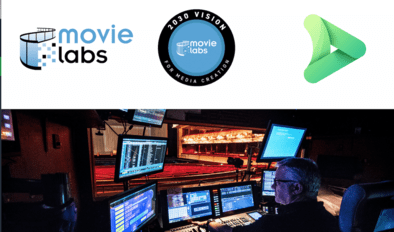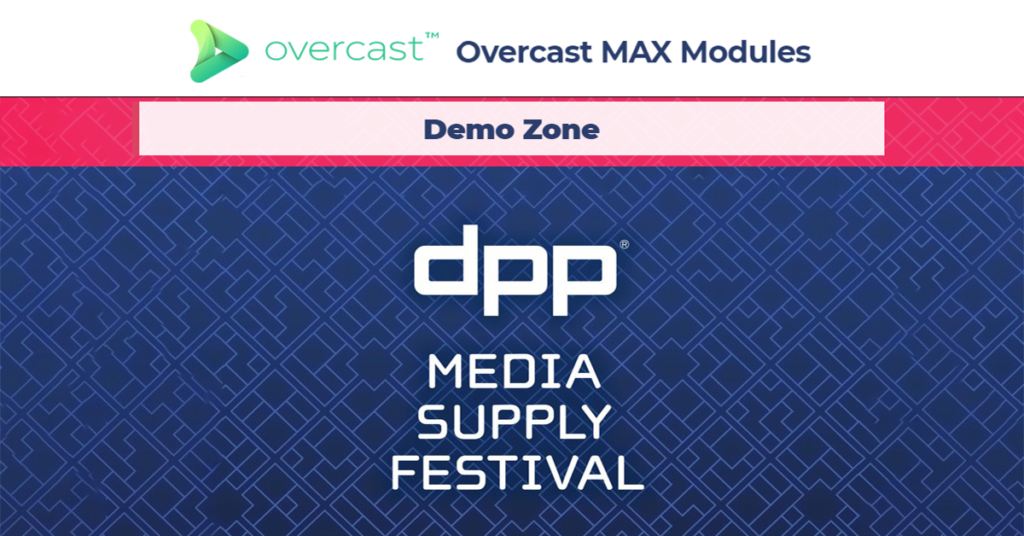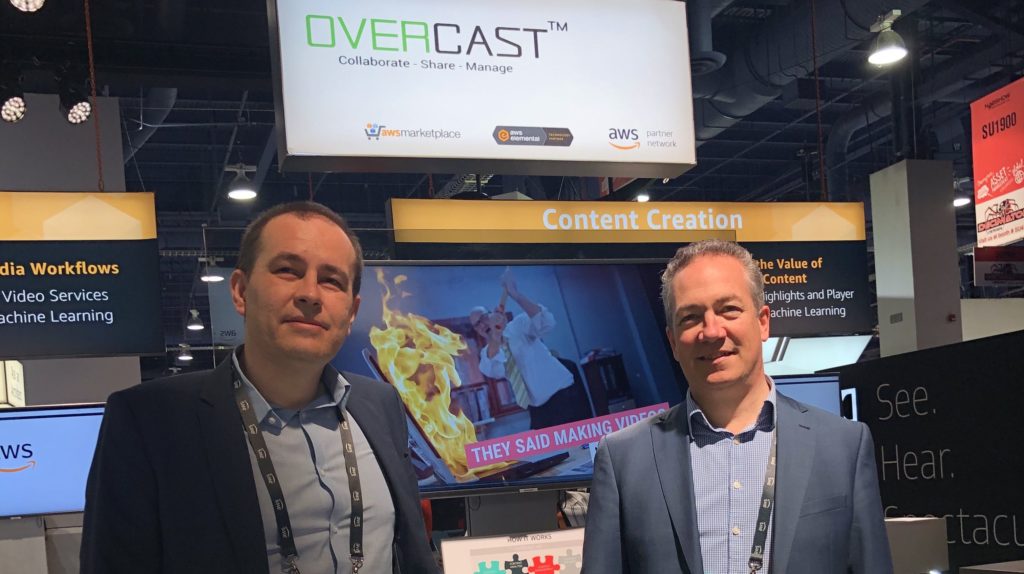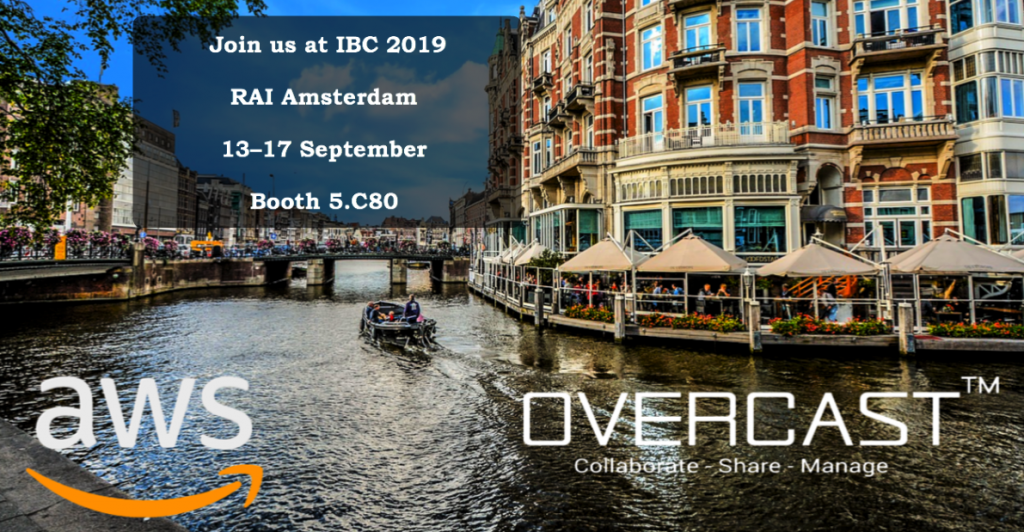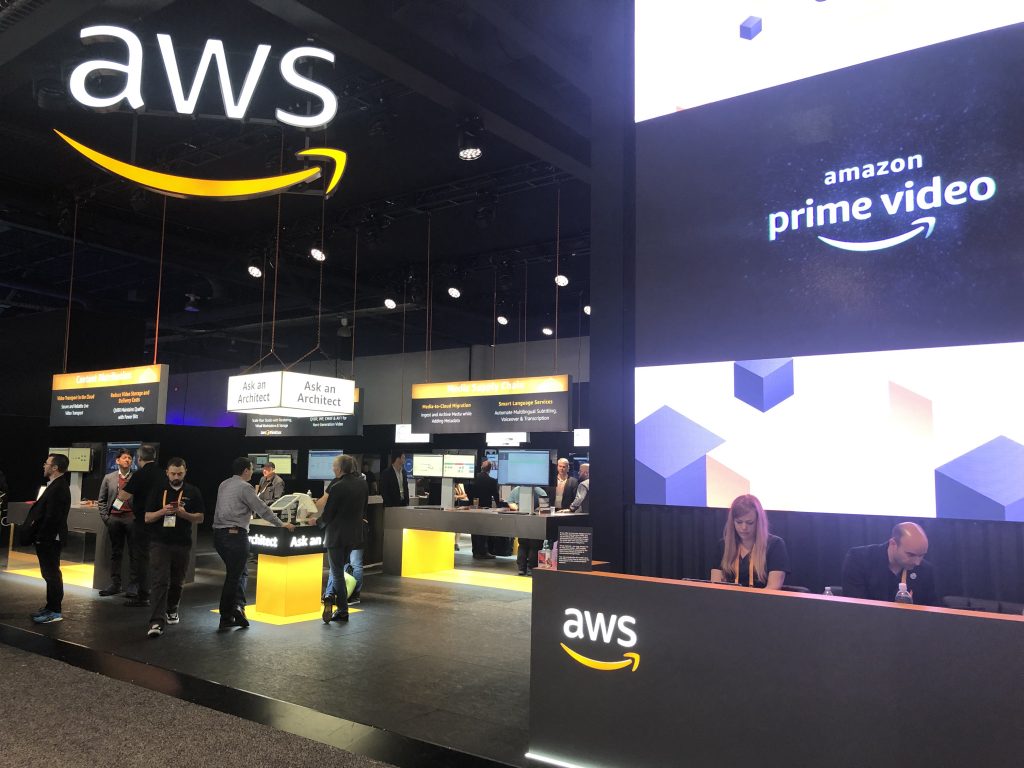Overcast Industry Insights: The Evolution of Media Creation
MovieLabs says there is a time-critical need for executives to become more aware of supporting the future of media creation and to invest in it.
In this article, we delve into trends and strategic imperatives outlined in MovieLabs’ Urgent Memo to the C-Suite and reveals how the Cloud MAM solution that Overcast designed for Britain’s Royal Opera House fulfills those strategic imperatives.
Overcast Industry Insights: The Evolution of Media Creation Read more
